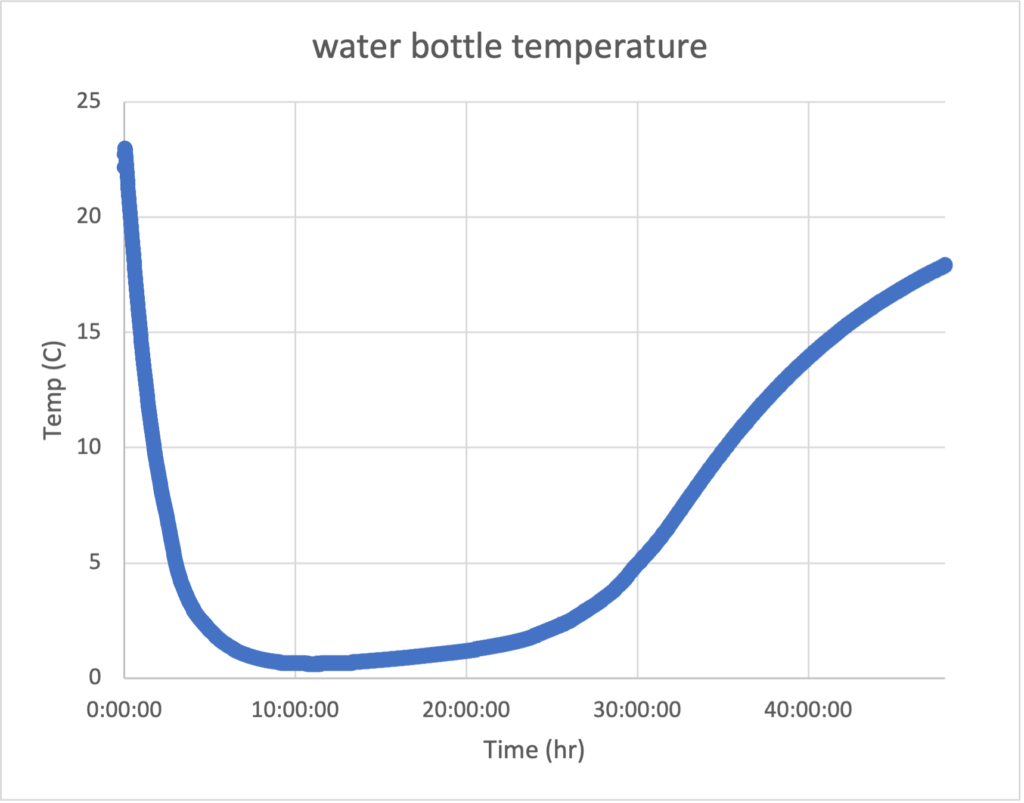I am both a user and developer of simulation models, and I understand that applying the first principles of heat transfer can accurately estimate the temperature of products. Today, I would like to share my direct experience with Python and ChatGPT. Python is a programming language known for its readability, simplicity, and versatility.
Currently, I am working on developing a simulation to estimate the temperature of water bottles in an EPS container with ice packs. I was surprised by the information provided by ChatGPT. I described the situation to ChatGPT, and it generated Python code that I could quickly implement, helping me make informed decisions. It felt more like a collaborative effort with ChatGPT, and together we came up with an effective solution.
There were moments when ChatGPT seemed repetitive, providing the same incorrect results even after acknowledging an error. Despite this, I was able to quickly determine the correct path for developing the simulation program. Figures 1 and 2 show the product temperature results determined experimentally and estimated theoretically, highlighting the accuracy and efficiency of the simulation.


Figure 2. Estimated temperatures of water bottle in EPS with ice packs
Developing this simulation using Excel and Visual Basic might have taken me several days. However, with Python and ChatGPT, I was able to complete it in just a few hours.
